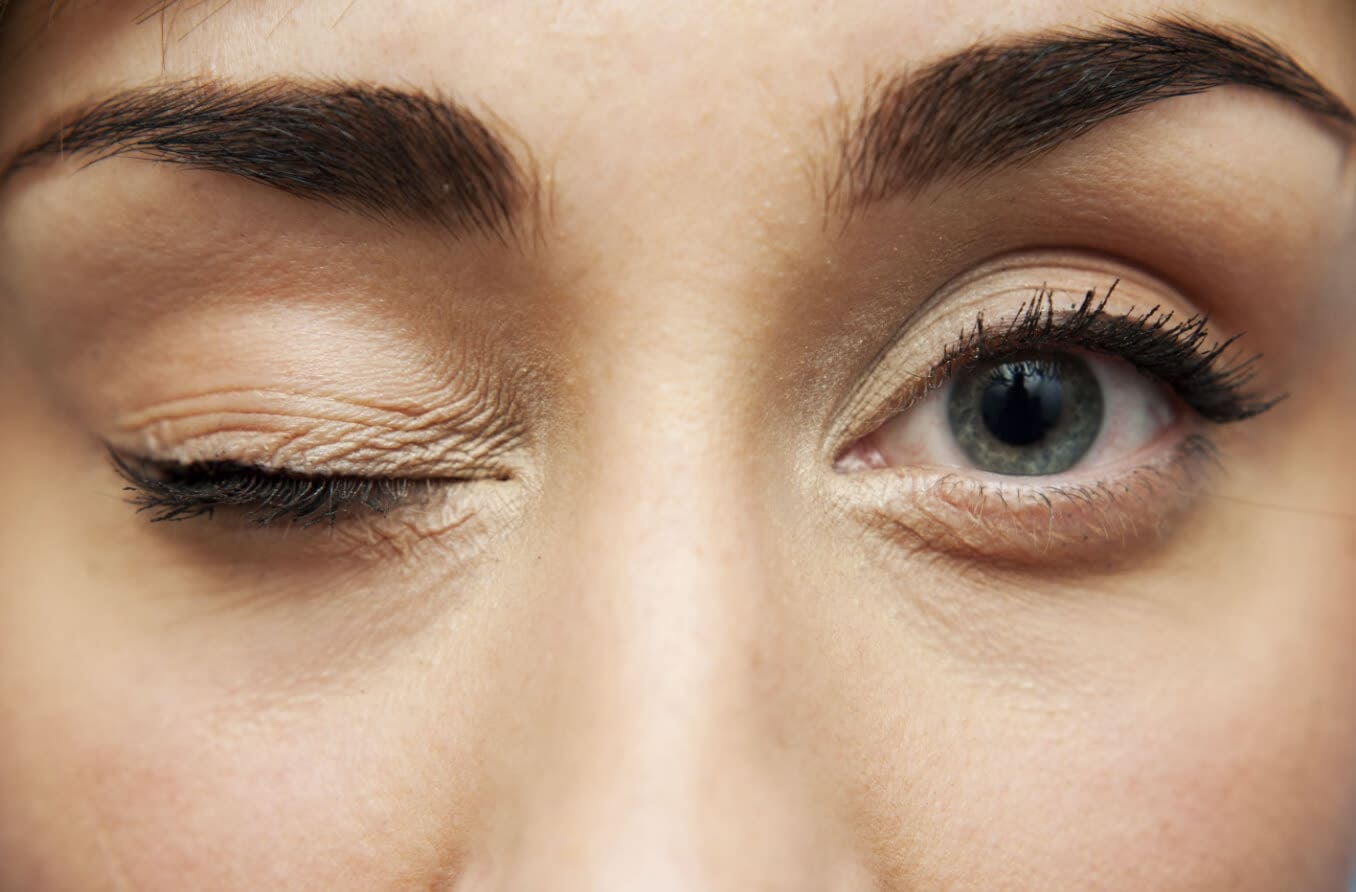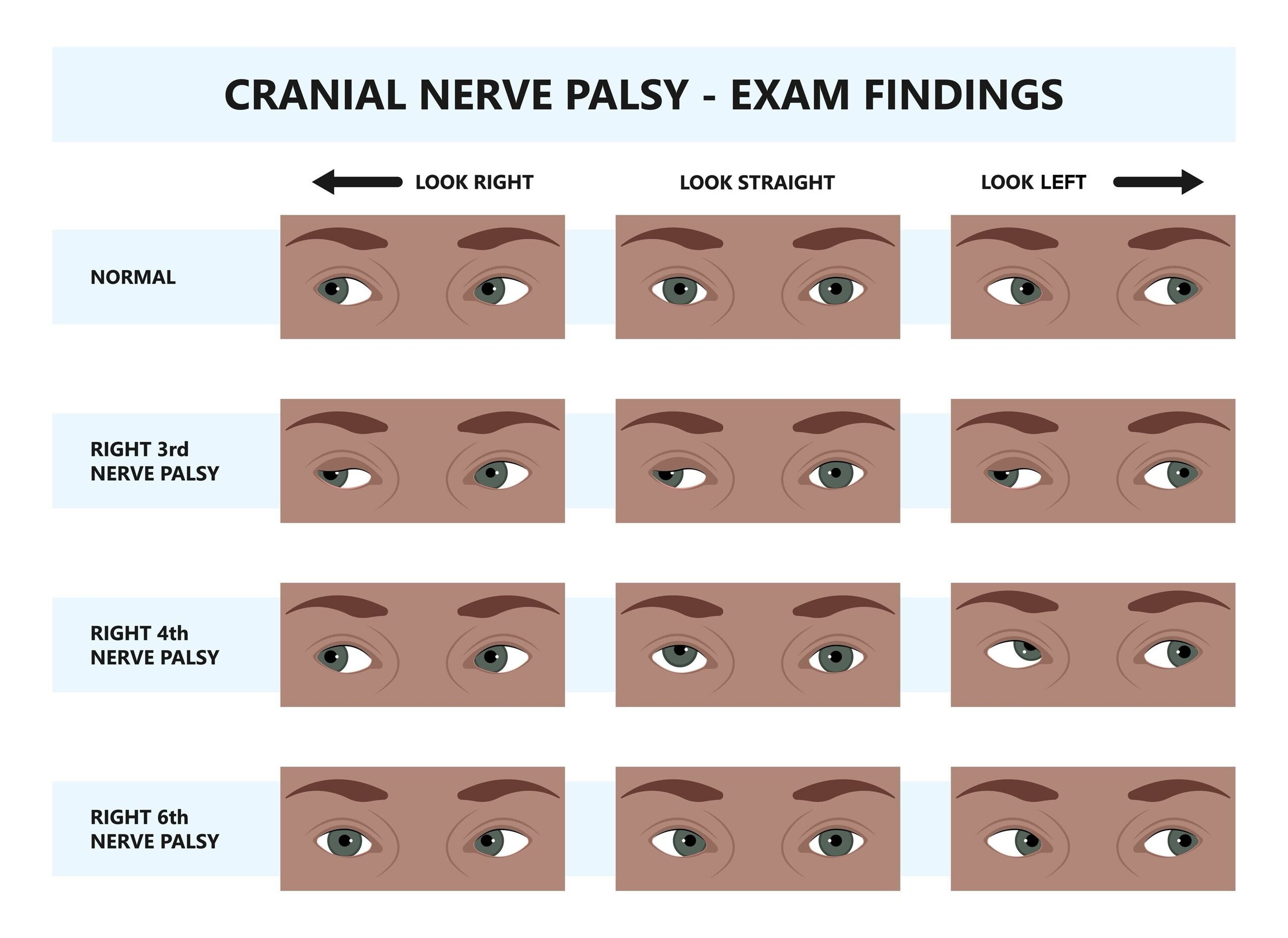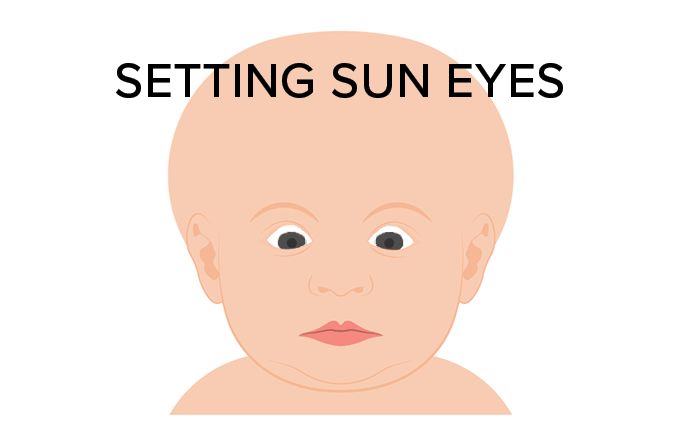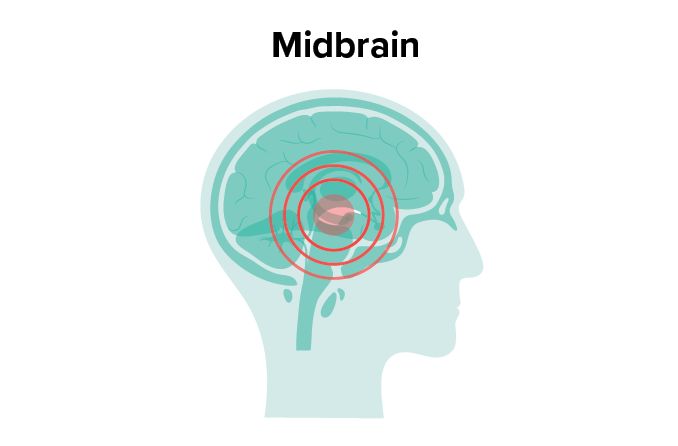What is oscillopsia?
Oscillopsia is the illusion or “feeling” of unstable vision in which a person perceives that their environment is moving. Oscillopsia is most often a result of a nervous system disorder. These disorders can damage parts of the brain that control eye movements and parts of the inner ear that control balance.
Causes
The two most common causes of oscillopsia are:
- Loss of the vestibulo-ocular reflex
- Development of nystagmus
The vestibulo-ocular reflex (VOR) is a reflex that begins in the inner ear. And, in response to head movement, it ends with an adjusted movement of the eyes. The VOR keeps you steady even though you experience continued movement of your head and eyes throughout the day. When this precise VOR system is faulty, your eyes are no longer moving in tandem with your ears.
The loss of the VOR may be due to:
- Meningitis
- Stroke
- Traumatic brain injury (TBI)
- High doses of specific antibiotics
Oscillopsia may accompany a disordered VOR. Patients may experience symptoms of:
- Images “jumping”
- Blurred vision
- Double vision
- Dizziness
- Vertigo
Nystagmus is a vision condition in which the eyes make repetitive, uncontrolled movements. Some describe it as a “dancing” of the eyes. Nystagmus can affect one's vision, depth perception, coordination and balance. As the eyes are continually moving, the patient may perceive their environment as moving. This sensation of oscillopsia may present with a loss of equilibrium.
Nystagmus is most often associated with:
- Multiple sclerosis
- Brain damage
- Meinere’s disease
- Congenital origin
SEE RELATED: 9 causes of dizziness and blurred vision
Symptoms
Oscillopsia can prove to be a frustrating and hazardous condition due to the negative impacts it has on everyday tasks such as driving and walking. Reading can also be difficult, especially for those who experience oscillopsia even while stationary.
Oscillopsia is classified into two main categories:
- Permanent
- Paroxysmal
Permanent oscillopsia is the result of eye misalignment. Paroxysmal oscillopsia is caused by abnormalities in the vestibular system and affects balance.
The featured symptom of oscillopsia is the illusion that the world is:
- Shaking
- Oscillating
- Wobbling
- Otherwise moving in a way it shouldn’t (and isn’t)
Oscillopsia may differ in frequency and severity for each individual affected. Regardless, it can be disabling due to symptoms such as:
- Loss of balance
- Vision problems
- Vertigo
- Nausea
For some, oscillopsia may only occur while they are in motion, such as while walking. For others, oscillopsia may be triggered when their head and/or body are in certain positions. Some are affected by it regardless of motion or position.
Causes
Oscillopsia is caused by conditions that affect the brain, especially the cerebellum or ocular motor systems. The cerebellum coordinates muscular activity. The ocular motor system keeps images stable when the head and eyes are moving.
Oscillopsia occurs when head and eye movements are mismatched. Possible causes for oscillopsia include:
- Ototoxic medications – Ototoxic means harmful to the ear. These kinds of drugs can result in temporary or permanent damage to the ear, sense of hearing and/or sense of balance.
- Meniere’s disease – Meniere’s is an inner ear condition that affects balance. Chronic vertigo and oscillopsia may result.
- Meningitis – Meningitis is an inflammation of the brain that can cause oscillopsia.
- Neurodegenerative disorders – Some neurodegenerative disorders can cause oscillopsia. Examples include Creutzfeldt-Jakob Disease and Autosomal Dominant Spinocerebellar Ataxia.
In addition to the above causes, nystagmus is a cause of oscillopsia. The atypical and involuntary eye movements associated with nystagmus may be congenital (present within the first 3 months of birth) in origin. Nystagmus can also be acquired later in life as the result of a stroke, TBI, multiple sclerosis or other brain injury.
Treatment
Oscillopsia develops secondary to an underlying condition. Treatment for oscillopsia depends on the root cause of the condition.
Nystagmus treatment is rarely effective with contact lenses, spectacles, surgery or medications. Each treatment option must be weighed with its effect on the underlying cause of the oscillopsia.
Vision therapy exercises are known to have a positive effect on the symptoms of oscillopsia. These vision training exercises improve visual skills, visual awareness and may reduce or resolve oscillopsia in time.
Ocular motor based auditory feedback techniques may also have a positive effect in reducing symptoms of oscillopsia. Any treatment that allows the patient to lessen the frequency and intensity of the oscillopsia will improve the quality of life for the patient.
When to see a doctor
You should see your eye doctor any time you experience sudden vision changes or problems. If you or anyone you know experiences a feeling of the world moving, dizziness, balance problems or vertigo, you should seek medical attention right away.
Oscillopsia is most often an underlying symptom of another condition. This underlying condition may or may not worsen if left untreated. Early identification of the condition and proper treatment will have a positive effect on the patient’s overall health. It may also help to lessen the symptoms and, possibly, duration of oscillopsia.
SEE RELATED: Nuance Audio Glasses











